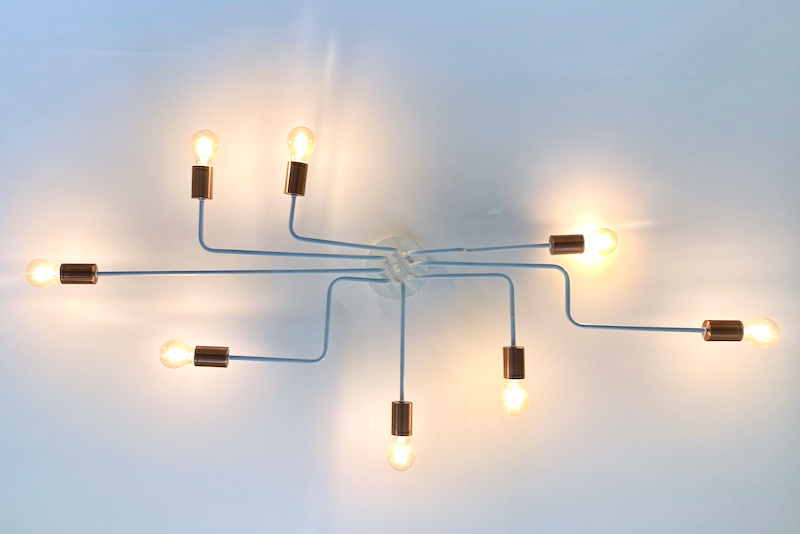Instruments (EN)
⚒⚒ | $$ | ⏲⏲⏲ | Accessible design improves the ergonomics of workplaces by adapting the operational infrastructure to the different needs of the people who use it. These measures might provide access to a work environment for those with physical or mental disabilities while also promoting diverse teams.
⚒ | $ | ⏲ | Anonymized application procedures help minimize the influence of unconscious stereotypes in the recruitment process and can help fill vacancies with the most suitable candidates. This measure will contribute to greater success and diversity in the workforce in the long run.
⚒⚒ | $$ | ⏲⏲ | Through awareness training, managers and employees in research & development become aware of the impact of (perceived) diversity characteristics on their attitudes. Participants are also exposed to alternative viewpoints and taught how to deal constructively with stereotypes and biases in the workplace.
⚒ | $ | ⏲ | When integrating
gender and diversity issues into the planning, realization, and evaluation of research and development
projects, scientists from all disciplines can use a checklist to reflect on their approach step by step. A well-informed approach also pays off in terms of meeting research funding criteria and
safeguarding the quality of research and development.
⚒ | $ | ⏲ | A checklist on diversity helps teachers with prior knowledge to design their lessons inclusively and to encourage their students to think critically. It facilitates the implementation of inclusive language and increases the visibility of different diversity groups in the classroom.
⚒⚒ | $$$ | ⏲⏲⏲ | By supporting their employees financially and/or by offering specific childcare options, organizations make a significant contribution to reconciling family life with demanding professional activities. This not only promotes the satisfaction, health, and well-being of employees but also enables them to maintain a relatively high workload over the long term, as is often required in the field of research & innovation.
⚒⚒ | $$ | ⏲ | Coaching is one of the most widespread measures for individual career development. Personalized support from coaches with similar diversity characteristics can help realize coachees’ potential and increase their impact on innovation processes.
⚒ | $ | ⏲⏲ | Collective profit-sharing helps to avoid such erroneous incentives and instead encourages behaviors that contribute to the company’s long-term success. Combined with sustainable corporate goals, this provides a positive form of internal competition that promotes cooperation and knowledge sharing, which drives innovation.
⚒⚒ | $$ | ⏲⏲⏲ | When time is limited, employees tend to fall back into old habits when looking for knowledge, which constrains new and creative ideas. This is where artificial intelligence can support an optimal flow of information in the form of a “company brain”. This digital solution improves interdisciplinary networking and activates untapped innovation potential.
⚒⚒ | $ | ⏲⏲ | “Core Protocols” is a collection of best practices that enable individuals, teams, and entire organizations to communicate openly and effectively with one another. Each Core Protocol consists of a simple set of communication and behavior rules. Core Protocols, when used correctly, facilitate constructive problem-solving while allowing more rational and fast decision-making.










